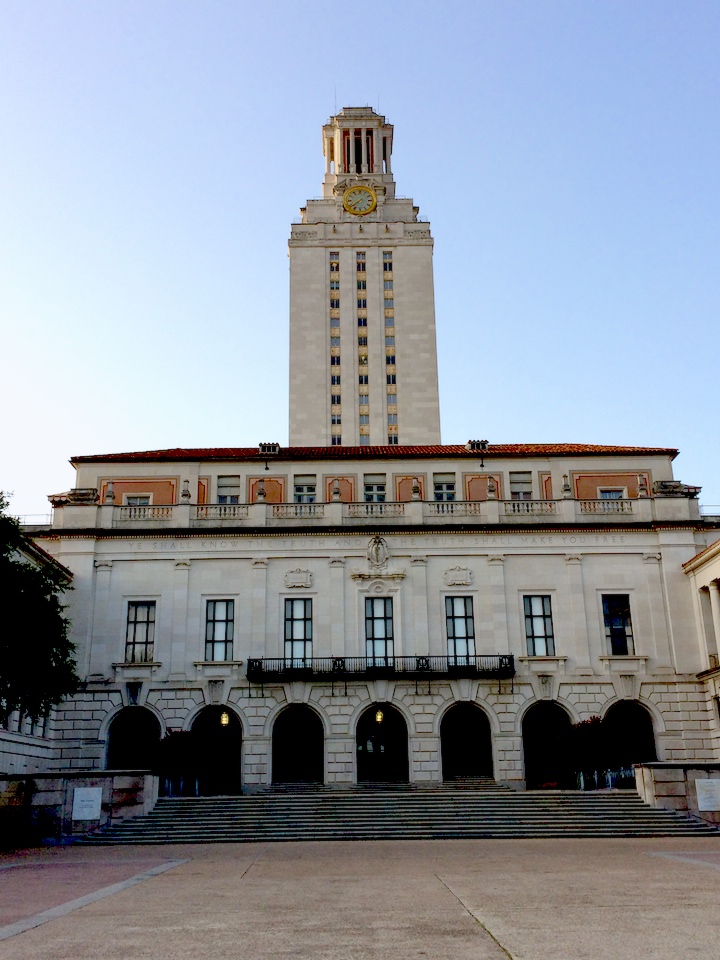This past week I've been in Austin, TX attending SciPy 2014, the scientific Python conference. I came in 2010 for the first time, but hadn't been able to make it back again until this year. I love this conference because it gives me the chance to step away from work on my PhD and distractions of hobby projections to focus on keeping up with the world of scientific computing with Python. I try to walk the fine line between being a researcher, engineer, and programmer everyday. That means that it is easy to fall behind the state of the art in any one of those, and conferences like this are my way to getting a chance to learn from the best.
SciPy consists of tutorials, the conference, and sprints:
The first two days were tutorials in which I got to learn about using interactive widgets in iPython notebooks, reproducible science, image processing, and Bayesian analysis. I see lots of things that I can apply in my research and teaching workflows! Interactive notebooks are one of the last things that I was wishing for from the Mathematica notebooks.
The next three days were talks in which we got to see the newest software developments and creative applications of Python to scientific problems. I, of course, gravitated to the geophysics oriented talks and even ran into some people with common connections. It was during the conference that I gave my poster presentation. I knew that the poster focused more on the application of Python to earthquake science than any earth-shaking (pun-intended) software development. There were a few on the software side that wondered why I was there (as expected), but the poster was generally very well received. Again I had several chance encounters with people from Google and other companies that had similar backgrounds or were just very interested in earthquakes!
The final two days (I'm writing this on the last day) were sprints. These are large pushes to further develop the software while a critical mass of experts are in one location. I'm still new enough to these massive open-source projections (on the development side at least) that I wasn't incredibly useful, but the reception of the developers was great! Everyone was excited if you wanted to help and would spend as much time as needed to get you up and running. During the sprints I've been following a fix for an issue that has recently caused problems in my plotting. I also fixed a tiny issue (with help) and had my first pull request accepted. For software people these are tiny steps, but for someone coming from just developing in-house purpose-designed tools.... it was an hit of the open-source collaboration drug.
Lastly, I worked on a project of my own during the evenings. During the 2010 conference I worked with a friend to make a filter remove the annoying vuvuzela sound from the World Cup audio. This year I've been making a fun earthquake visualization tool. You'll be seeing it here on the blog, and may have already seen it if you follow me on twitter. I learned a lot during this year's SciPy 2014, got to spend time with other alums of OU Meteorology, and meet some new folks. Next on the blog we'll be back to some radar or maybe a quick earthquake discussion!



